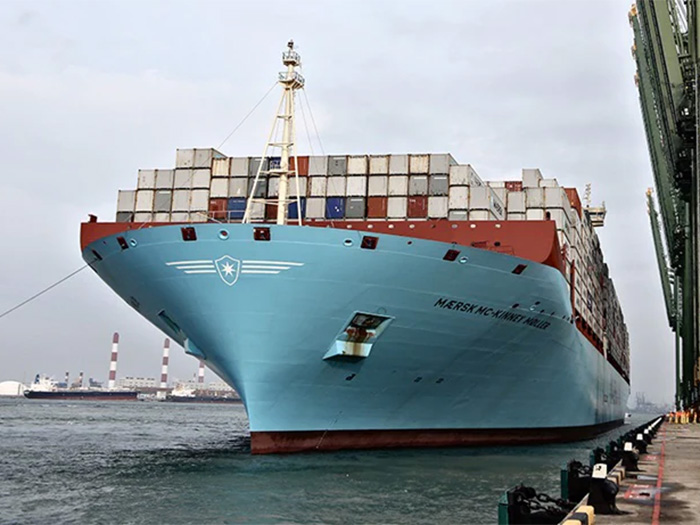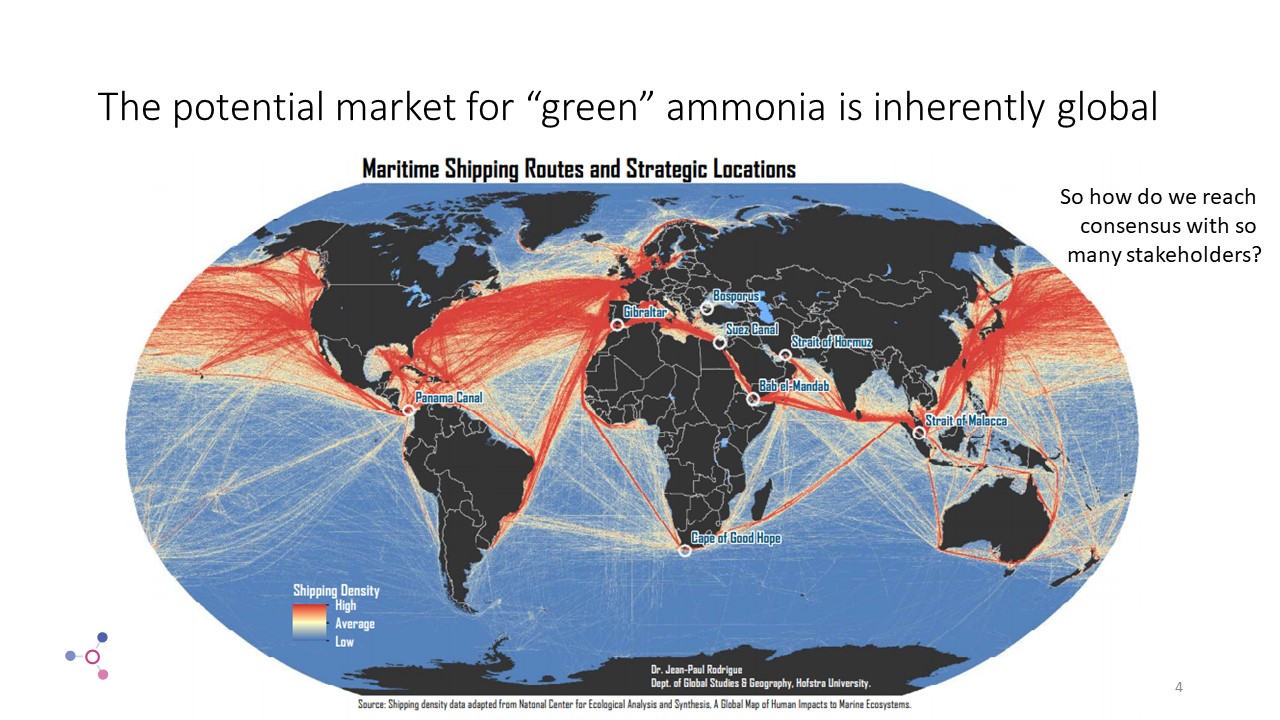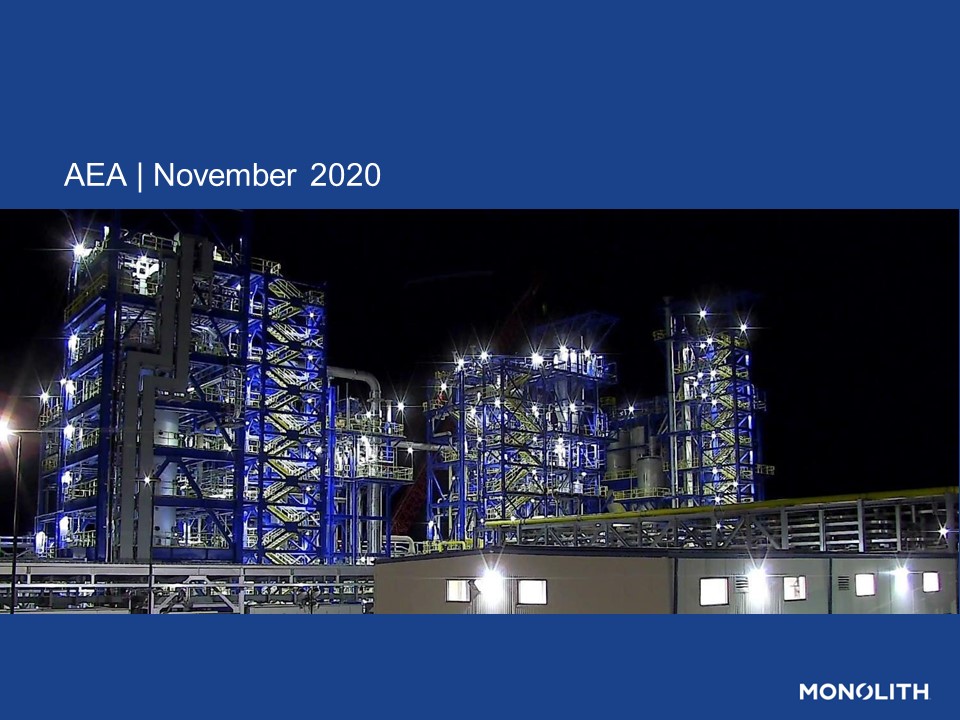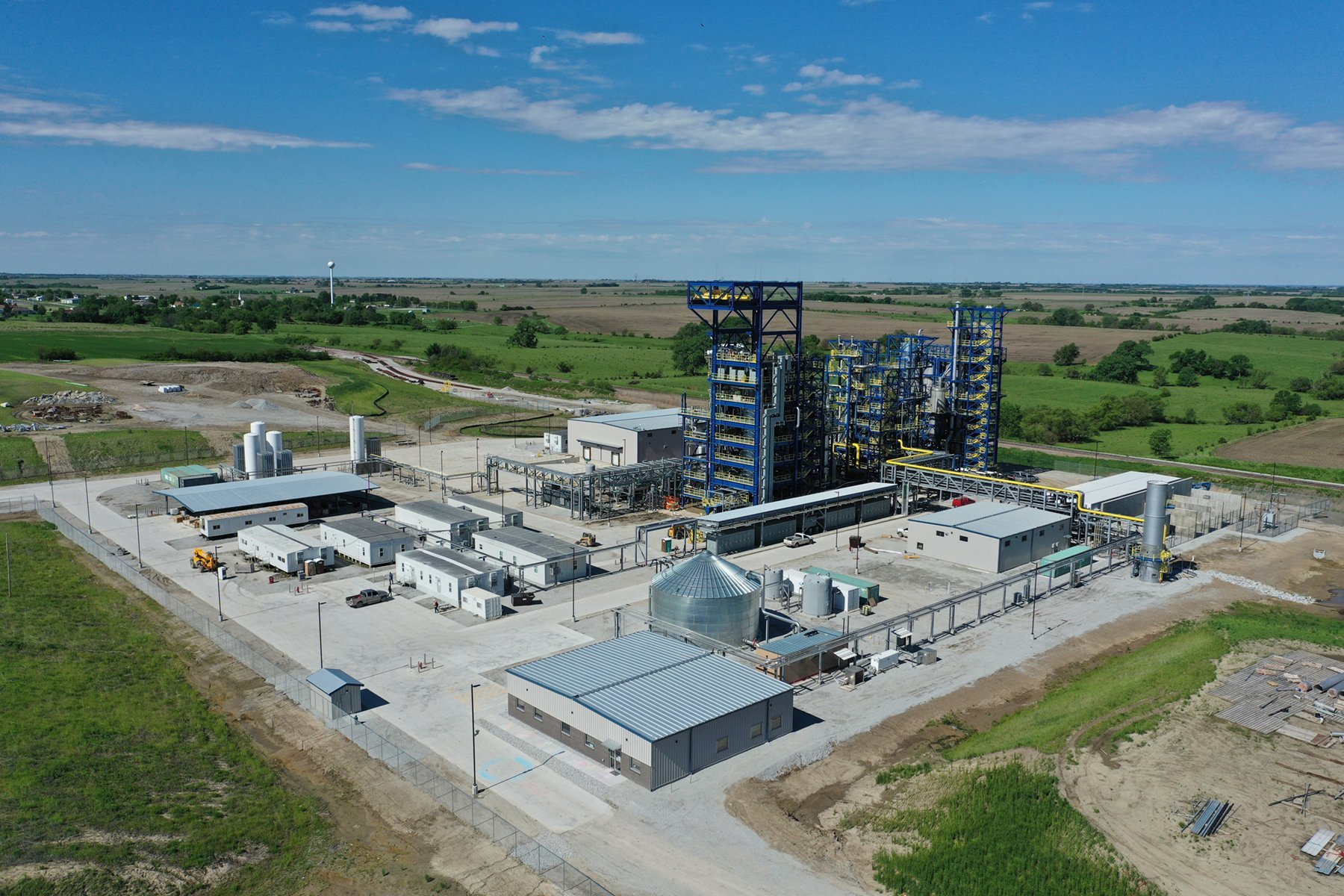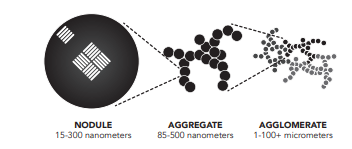The Ammonia Wrap: Japan developments, ammonia from wastewater, Fortescue's new carbon-neutral goal, project updates from Australia and H2Pro
Welcome to the Ammonia Wrap: a summary of all the latest announcements, news items and publications about ammonia energy. This week: new Japanese developments, new AiP for ammonia-fueled vessel, Singapore bunkering study, new ammonia from wastewater initiative, Fortescue brings carbon neutrality goals forward to 2030, Australian project updates for Hazer and H2U, and H2Pro updates from Israel.
